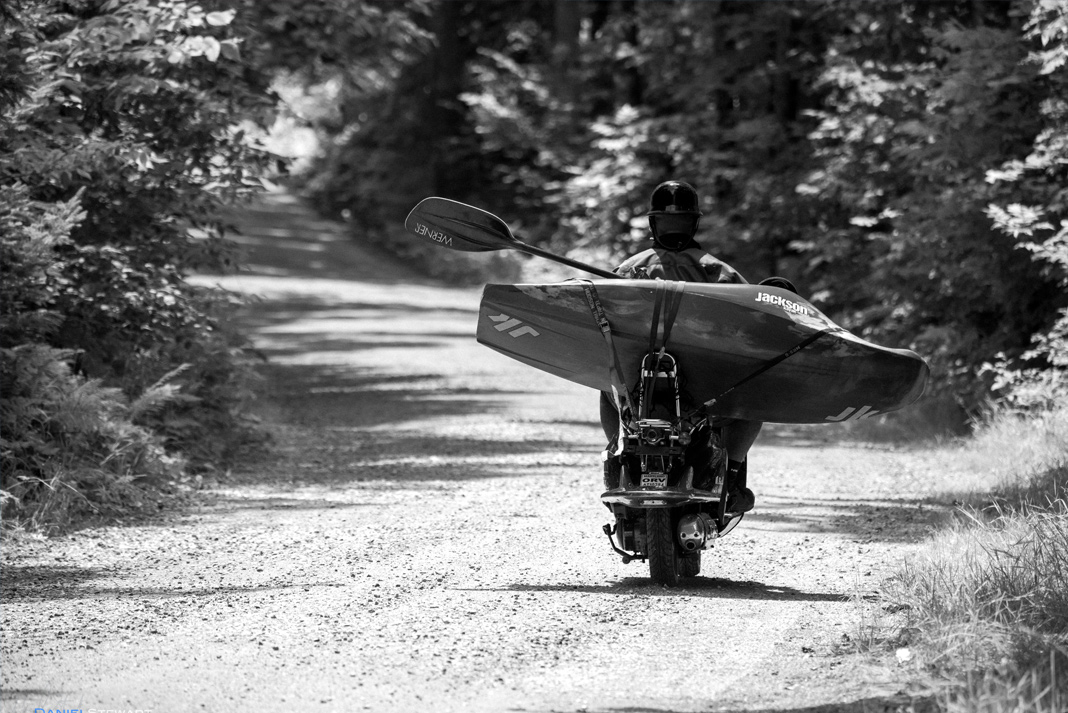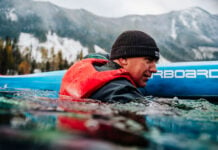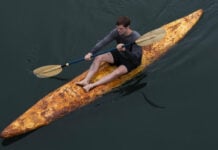The cam strap dug into my shoulder through my t-shirt while I trudged through the airport, along with the rustling sound of the cheap tarp I had strapped around my “surf ski.” I was on my way to the Zambezi River, a proving ground for top paddlers, attempting to cloak my short whitewater kayak many airlines refuse to take.
Curious stares, side-eyes, and random glances of amusement were directed toward me as I awkwardly positioned myself closer to the check-in counter. I was still well-kept and clean-shaven, not yet the image of a man on an indefinite paddling trip. My pale skin hinted at months, years, working inside—a weekend warrior at best. But the goal was a correction.
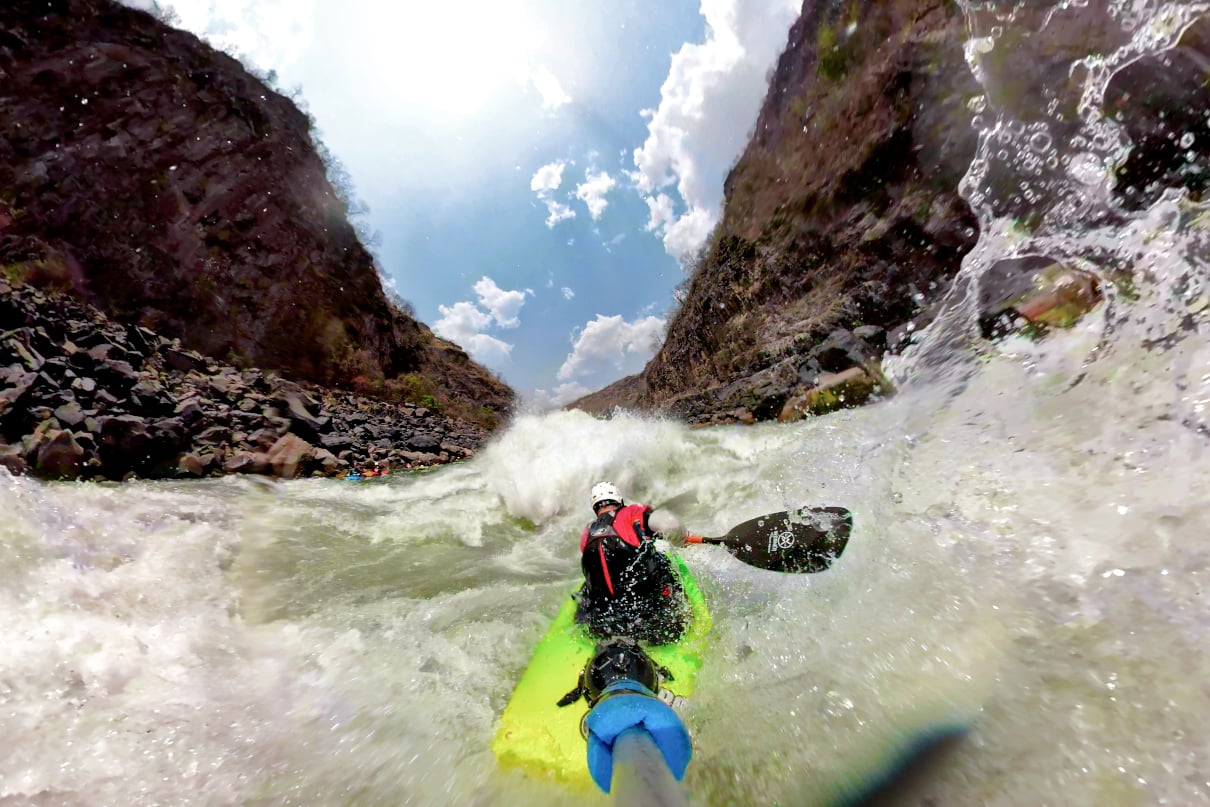
Confessions of a school science teacher turned pro kayaker
At the age of 35, and with nothing else to lose, I was finally pursuing my dream to kayak the world full-time as a sponsored athlete. With a taste of professional kayaking in college, I had shelved the dream when I married at 26, but kept it tucked away under life’s many callings, ambitions, loves and expectations. Now I was all in and traveling alone, with nothing more than a loose plan and a kayak.
I was terrified.
I never set out to become divorced, homeless and unemployed. Divorce is heartbreaking enough, but letting go of everything I had worked for in life to start over again was brutal. Doubling down, selling everything, and resigning from a decade-long teaching career was only slightly less scary. I resigned from one of the best private schools in the region, a position in the 99th percentile for teacher pay. On the upside, my savings got a little bump from the leftover equity from selling my house. I promised myself not to drain my account. These days, paddling sponsorships rarely provide significant money or cover travel. It’s about minimizing costs and maximizing social media reach in hopes of a future payday. So, I knew I would have to find work along the way.
Starting with a 16-hour flight from Atlanta to Qatar, my initial journey would take several uncomfortable and lonely days. The common questions people ask when they meet you, had suddenly become so simple they felt complicated. “So, what do you do? Where do you live? Where are you going after this?” I have no idea. For now, the ticket says Livingstone.
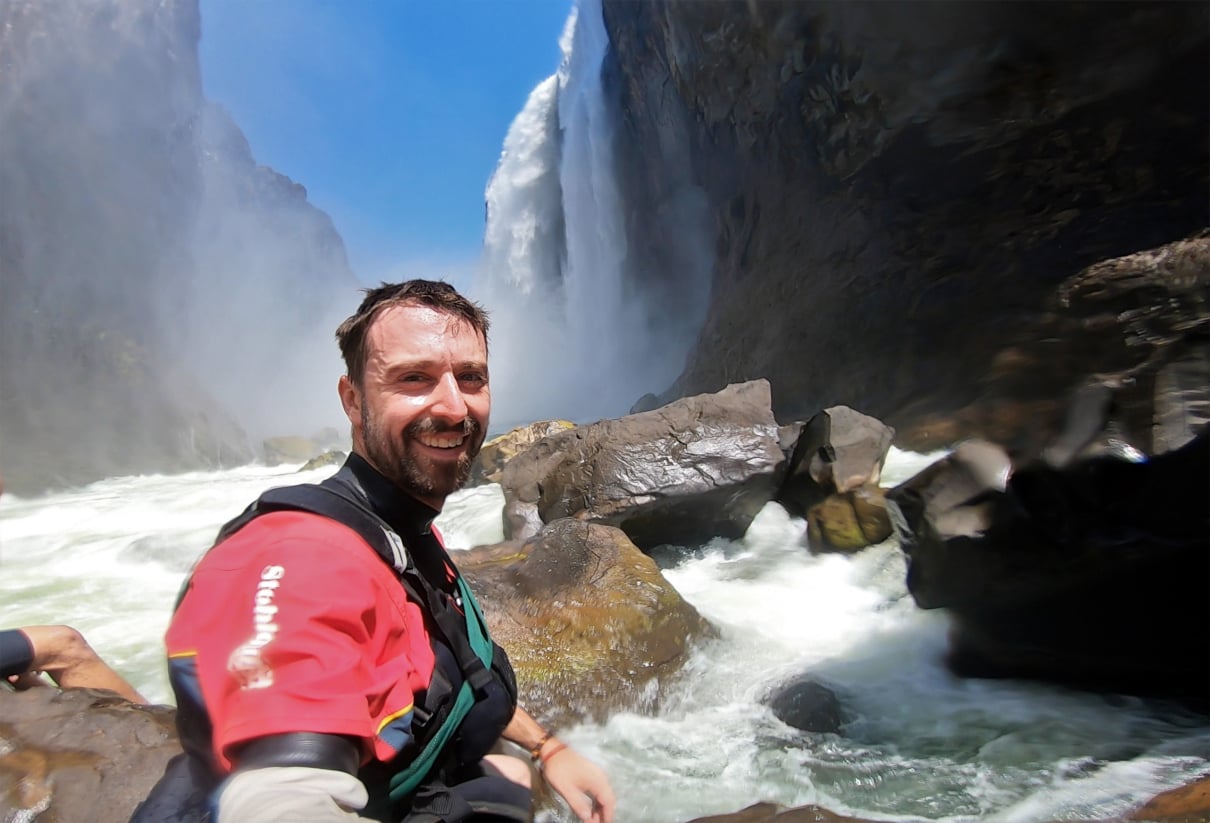
Rite of passage on the Zambezi
Arriving in Zambia the warm humidity billowed into the airplane cabin. When we stepped off, my eyes were fixed on the ground crew unloading our luggage in hopes that my kayak made it with me, maybe even unscathed. After 36 hours, little sleep, and a seven-hour time change, I stepped into an intimidating scene of rowdy and weathered overlanders and post-college backpackers. Torn between hunger and exhaustion, I was trying to figure out what to do with myself—fortunately, the only other kayaker there found me. Immediately, I had a new family for my stay. But I was also immersed in a new culture, in a place with a river that would keep me on my toes while pushing every boundary I’d known.
My first strokes were no different. Jet-lagged and weak, I paddled a playboat on the Zambezi River for the first time. It only took the first vortex of an eddyline to humble me.
Downstream the deep black walls cast a shadow over the green water of the Batoka Gorge and crocodiles dipped from view. I was soon looking down at a two- or three-story horizon into a chaotic wave train lined with safe but horrendous-looking holes: rapid Number Five. Accelerating down the most dynamic tongue I’d ever seen, I couldn’t believe I was finally there, then, the pulsing explosions of water snapped me out of it. I was engulfed.
The Zambezi was a quick teacher. I felt like a child when I arrived in Zambia, unsure and cautious of my surroundings, and unceasingly aware of my privilege as I hid away my expensive cameras and drone, almost as essential as a kayak. The river was a place where I was safe enough to grow, the only venue that allowed for introspection and immediate consequences that I could understand. The month on the Zambezi strengthened my confidence, and as big water will do, made me decisive—leading my next move to Chile.

Paying the dirtbag tax in Chile
To pay for a season in South America, I had to instruct and guide. From the outside, it looked like the dream: staff laps to get to know new lines and blow off extra steam. My runs however were always accompanied by the media hustle, and usually the fixing of preventable problems under increasingly heated and rushed conditions.
Guide life is often accompanied by limited food, shifting accommodations, and hoping guests leave leftovers from an underfunded chef in a kitchen. Some days, after the river, you even find yourself working in said kitchen. After months of the seasonal grind, people pleasing and customer appeasing, there was finally a moment to post a precious GoPro clip to hit Instagram.
I tell anyone interested in working as a guide that it’s 80 percent awful but the 20 percent makes it worth it, if it’s what you want. Eventually, my thirst for fulfillment led me to a monumental personal victory: running Demshitz Drop. It was the technical 60-foot waterfall I never thought I wanted.
Reflections under northern skies
A season later—sunburnt, weathered, and with longer hair—I found myself camping in the snowy rain in Canada surrounded by better freestyle paddlers, easily half my age. I recognized their energy and ambition as every camera was carefully set up and placed. Their media was meticulously collected and reviewed in hopes of earning the mythical big break. I wondered if that part of me was beginning to fade. The perpetual discomfort of scrounging for every dollar and waiting for waves in the most beautiful and inconvenient places reminded me how much I like to have the warmth of a partner and a home.
Under the Northern Lights, I had a chance to reflect on my years as a paddler and what this experience taught me. When I first gave up my dream in college, I watched any grasps of recognition I earned fade unpityingly into a distant memory—unshared by the masses and hidden by the turn-over of our little community.
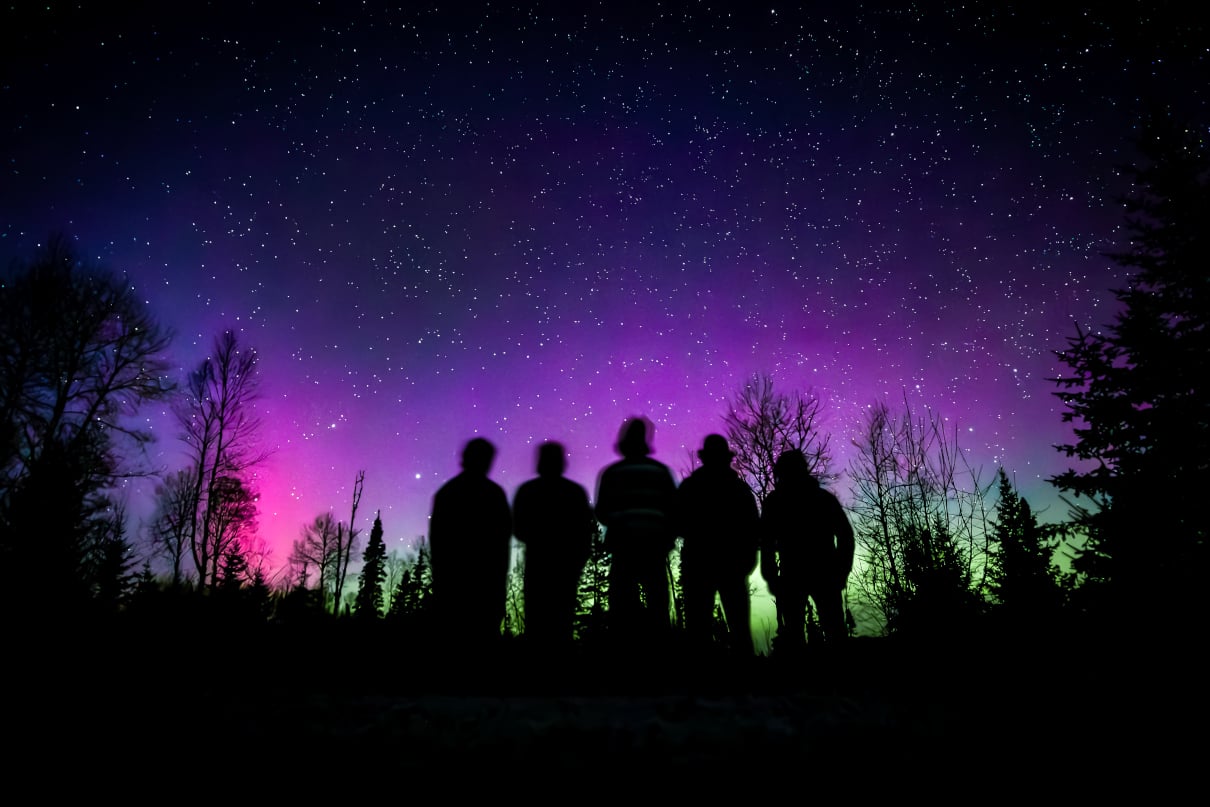
The true scent of Polypro
When I chose to rejoin this dream after personal tragedy, I lived the fact that it’s never too late to create the life you’ve always wanted, but it also comes with some tough trade-offs. Financially, I broke even, but the dearest price I paid to travel the world was the loss of connection to my local crew and community. Local rally messages ceased, and when I was home, paddling became lonely.
Choosing paddling as a career also meant dealing with the intruding expectations of strangers, unsolicited judgments, and often existing only adjacent to the dream lifestyle while supporting the dream for others in hopes of earning enough to live this way for another day. It’s accompanied by a never-ending hustle for sales, media and clients and an unquenchable thirst for the next adventure or accomplishment to post.
These jaded troughs though are just part of the deal. If moments make you wealthy and experience gives you wisdom, then paddling made me rich, and the rivers have made me wise.
Boyd Ruppelt is currently on Team Jackson Kayak, instructing signature weeks in Chile and Canada, and traveling internationally to kayak. You can find him through his instructional YouTube Channel, @CleanLineKayaking, or at BoydRuppelt.com.
The author below Victoria Falls on the Zambezi River. | Feature image: Boyd Ruppelt




